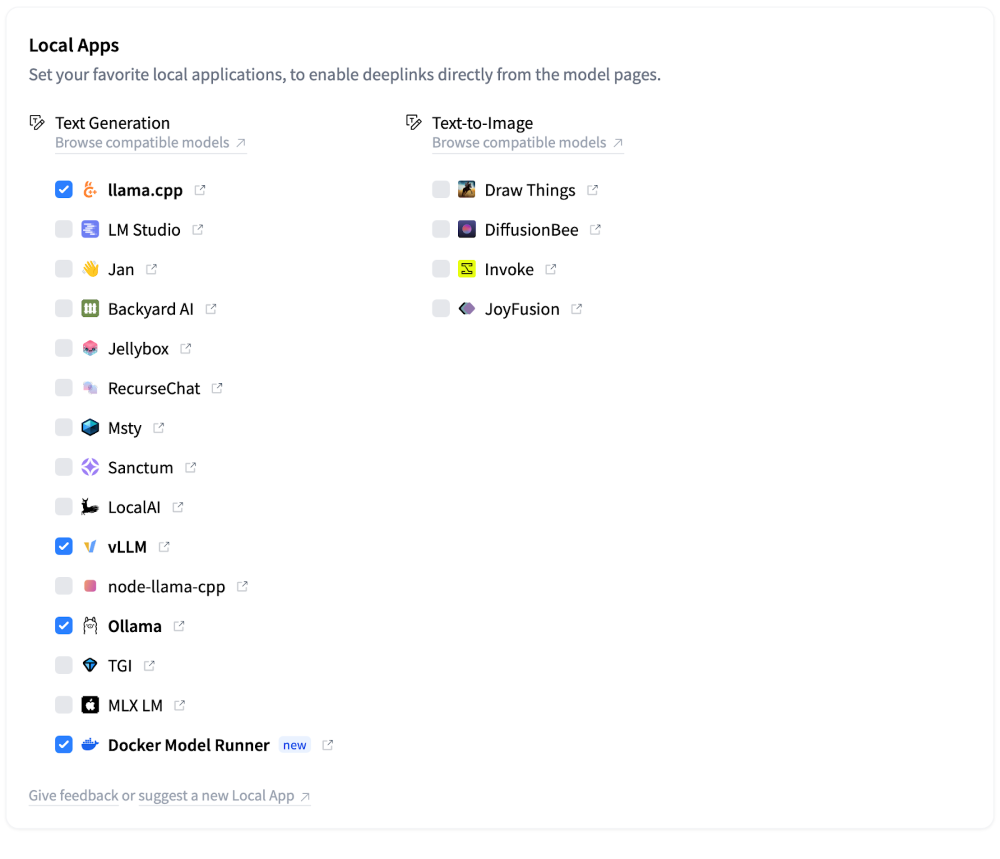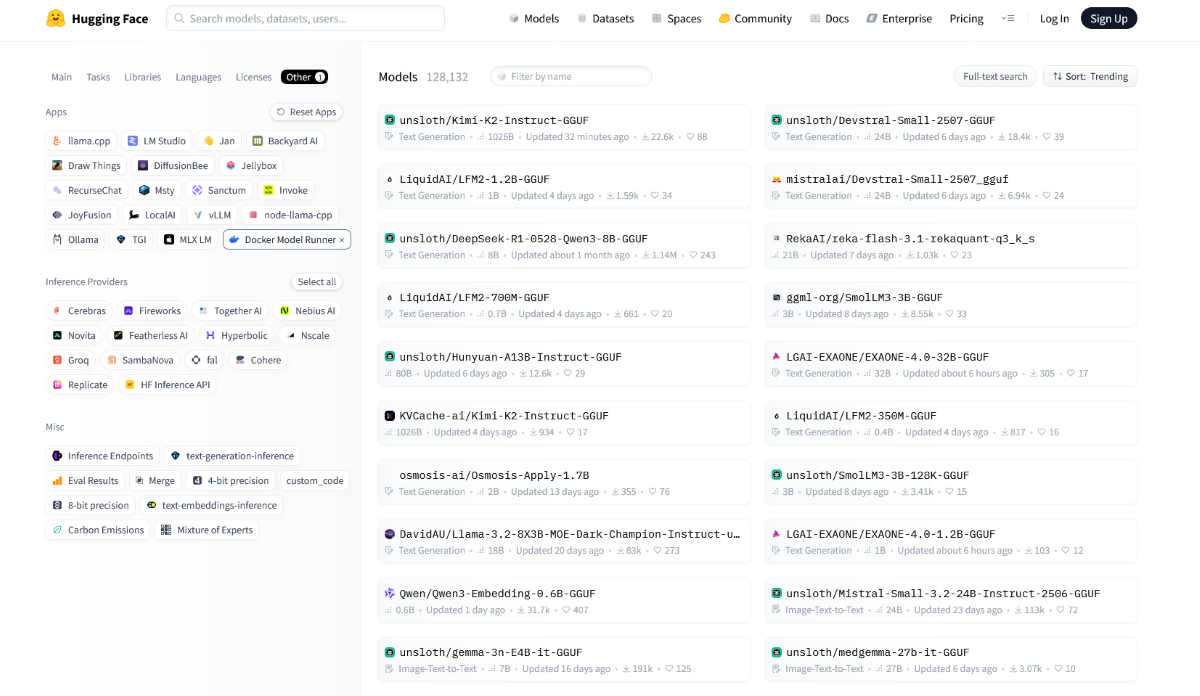✍️ Disclaimer
This article is based entirely on my personal experience as a woman in the technology industry. I have no doubt that there are organisations and initiatives that are putting in incredible work to improve experiences and opportunities for "non-men" in the industry, and genuinely helping to improve equity in hiring pipelines in tech. If you’ve found safety and opportunity in such spaces as described below, I am truly happy for you.
This article does not intend to belittle the efforts of such initiatives, but highlight that they may not be working for everyone as intended. I am most certainly not advocating for funding cuts or erasure around DEI initiatives, but only that we rethink what is not working.
The technology industry (and beyond) is performative, often offering shallow solutions to deeper problems, shifting the responsibility of change onto those that bear the brunt of the dire consequences the world has created for itself. Want to prevent climate change? Use paper straws instead of holding corporations accountable for their increasing carbon emissions. Want to protect your mental health online? Limit your screen time using app-blocking tools instead of questioning why social media platforms have been deliberately engineered to be addictive. Want to create equal opportunities in the technology industry? Segregate all the women, non-binary, intersex, LGBTQIA+ identifying and trans folk under the banner “Women in Tech” and hope they figure it all out.
At most of the tech companies I have worked, there have been dedicated spaces for “non-men” to get together, including Slack channels, informal meet-ups, and formal discussion panels. “Non-men” in this context has been used to discount “non-heterosexual-cis-men”, and to include women, non-binary, intersex, trans women, trans men and those identifying as LGBTQIA+ all at once. The people spanning the very wide spectrum of this group have probably, and unfortunately, all experienced some kind of discrimination in the workplace, and so it seems sensible for a company to put us all together to share our experiences in a safe and enclosed space, right? It helps, but I'm not so sure it offers a full solution.
The problem with “non-men” spaces
Reports on gender statistics in the technology industry have consistently published figures of around 17-25% of women and non-binary people working in this industry since the early 2000s (this varies by geographical location), and not much has changed over the last 25 years. A recent statistics dump by Spacelift reports that “half of all women who work in tech have left the industry by age 35”, and “none of the biggest US tech companies report women occupying more than a quarter of all technical roles”. Furthermore, “the proportion of undergraduate computer science degrees awarded to women has fallen from 37% in 1985 to about 20% today.”
Why are the statistics not showing much improvement despite countless initiatives surrounding diversity being created, and in particular events, awards, and “safe” spaces for “Women in Tech”? I have a hypothesis: all of these initiatives are operating in closed and exclusive spaces, which is sending a strong signal to the male majority with the power to affect real change that they are not welcome here, and it is not their problem to solve.
A few years ago I was nominated for a “Women in Tech” award by an anonymous party. Not only did I have to confirm my nomination by writing a number of time-consuming essays about my achievements and eligibility for the award, I also couldn’t shake the weird feeling that I was nominated only on the basis that I am a woman. I understand the need to celebrate and lift up “non-men” in tech, and to provide a platform for representation to young and less experienced people entering the industry, but I wasn’t comfortable with demonstrating that if you want to succeed in the tech industry you need special awards and events under the banner of your gender. I did not accept the nomination; I want to win awards that the men are eligible for, too. Because I can, and I have.
These enclosed “non-men” spaces are also not without their specific problems. At one company I worked for, I was asked to participate in a “Senior Women in Tech Panel”, where I was invited to share my experiences and career progression in tech to an audience of women, non-binary, and trans men and women. This event was not moderated well, and descended into a chaotic discussion about how many children each of the panel members had, and negative remarks about the ethnicity and representation of the panel speakers. This may have been a one-off, but at that point I decided to leave the closed Slack channel for “non-men”, and chose not to participate in events of this type for the rest of my career.
What's more, the hard work of ensuring that workplaces are equitable often falls upon the shoulders of underrepresented groups, who are already carrying the burden of discrimination, being overlooked for promotions, and other related issues. A friend reports:
They've started a women's network at work and I am not a member because I think these initiatives are basically just making female members of staff do extra work to fix organisational problems.
The problem with women-coded labels
Imagine if men described themselves as a “male founder” or “HeTO” (a male CTO), or slapped the #MenInTech label on their social media posts when sharing their achievements? The industry’s obsession with women-coded job titles such as “female founder” (which has descended painfully into “girl boss”) that were conjured up to challenge the male default and demonstrate representation in the industry, does not sit comfortably with me.
Feminising job titles, in my opinion, belittles success and achievement in the context of a patriarchal default. Just as “Women in Tech” awards and closed spaces for “non-men” segregate underrepresented groups of people from the spaces where people with power make decisions, women-coded labels inherently classify people on a separate, non-default scale of success and achievement.
It may work for early career folks, but what's next?
After speaking with many women during writing this article, it looks like "Women in Tech" initiatives work well in the context of those entering the industry, but may not be enough to support getting enough underrepresented groups into leadership positions.
A friend of mine shared this with me about her experiences:
I joined tech through Rails Girls. It was a really nice space, it made me feel very safe. It also played into this thing that I knew was happening a lot, which is women thinking that they are not capable of doing something because the world is telling them that they cannot. I really loved getting into tech through these female-focused initiatives. It made me feel like there was a group of people who cared about me joining tech, which is such an important thing if you are looking at an industry that is overloaded with a specific default type of guy.
Another friend had a similar experience, but once she had established her career, things changed:
My perspective also changed with age and expertise gathered. I found a lot of “Women in Tech” programs and initiatives incredibly useful as a newbie. I wouldn’t be where I am without codebar and some early speaking opportunities. But as I gained my voice and my knowledge I found it increasingly patronising.
Another Women in Tech statistics report from AIRPM reports that in 2025, "around 14% of global tech leaders were female in 2023 – up from 8% in 2015", which is promising. Yet, the Spacelift report also finds that “The so-called Big Five tech companies (Alphabet/Google, Apple, Meta/Facebook, Amazon, Microsoft) have never had a female CEO.” And to couple that with another finding from the Spacelift report mentioned above, that “half of all women who work in tech have left the industry by age 35”, it seems that once we get to a certain level of seniority, age, or experience, something isn't working.
Rachel-Lee Nabors wrote about this in 2018 in an article titled A Counterintuitive Way to Increase Diversity in Tech:
I’m mid-career in the web development and design industry. And right now, I’m hearing a lot of the same stories from my fellow mid-career friends from underrepresented groups (women, minorities, LGBTQ, and more): you reach a certain point in your career and you can’t win.
Responses to how you may be feeling right now
I have benefitted from "Women in Tech" initiatives or other "non-men" initiatives in tech. Are you saying these programmes shouldn't exist?
I'm a man and I think DEI is terrible. I'm glad to see a woman agreeing with me at last!
As stated in the disclaimer, this is absolutely not the point of this article. Diversity, equity and inclusion initiatives are absolutely needed in this industry. However, the current landscape has seemingly affected little change in statistics on the whole, especially at leadership levels. I don't think we can continue to segregate ourselves if we want to make progress. Personally, I have worked with some excellent men. And men who have worked with me have said I am also excellent; we have all benefitted from working with each other. To that end, we absolutely need these initiatives: but the men must be invested as well. They must not be excluded from the conversation about how they can help affect change, especially in the context of leadership, given it's mostly the men who hold those positions today.
I am a man and consider myself an ally. Do I need to do something?
I remember speaking on a panel of all women, which was organised by a man. I requested that he not promote the event as an "all-women" event to avoid focussing on gender. He did it anyway. Celebrate underrepresented groups in tech, but do not focus on their gender identity. Celebrate their achievements, use your privilege to lift them up, share their work, make their voice heard: not because they are not men, but because their work is worth celebrating. If you are a man in a leadership position, you can absolutely do more to bring more underrepresented groups into leadership with you. To take another quote from Rachel-Lee's article:
You should be a mouthpiece when someone isn’t heard, an advocate when people are unable to be represented, a shield bearer when folks are under attack, an elevator for the stuck, a signal booster for the unnoticed. Wherever possible, let them do the work, and be heard and understood, and represent themselves. You’re the back up, the path carver, the taker of the brunt of the negative impact, always asking, “How can I help?” Always pushing others up, even over yourself.
We’re focussing on the wrong thing
I think that purely gender-based initiatives are shallow solutions to the deeper problems of male-dominated industries and society as a whole, that focus solely on surface-level optics of inclusion rather than addressing the root cause of inequality and imbalance on a larger scale. So, how do we address the root cause of inequality and imbalance?
We invite those with power to have a seat at the women’s table (and the underrepresented table as a whole): men must be part of the conversation to help affect change, especially at higher seniority levels.
Women, non-binary, intersex and trans folk are in tech, have always been in tech, and will (hopefully) always be in tech. There is a problem, in that these underrepresented groups are often discriminated against and overlooked. The solution? Men in tech can lead the change in how men represent themselves and their gender as a whole in the industry. A bandaid? Groups where "non-men" can feel safe. Both are important, but only one will affect real change.



